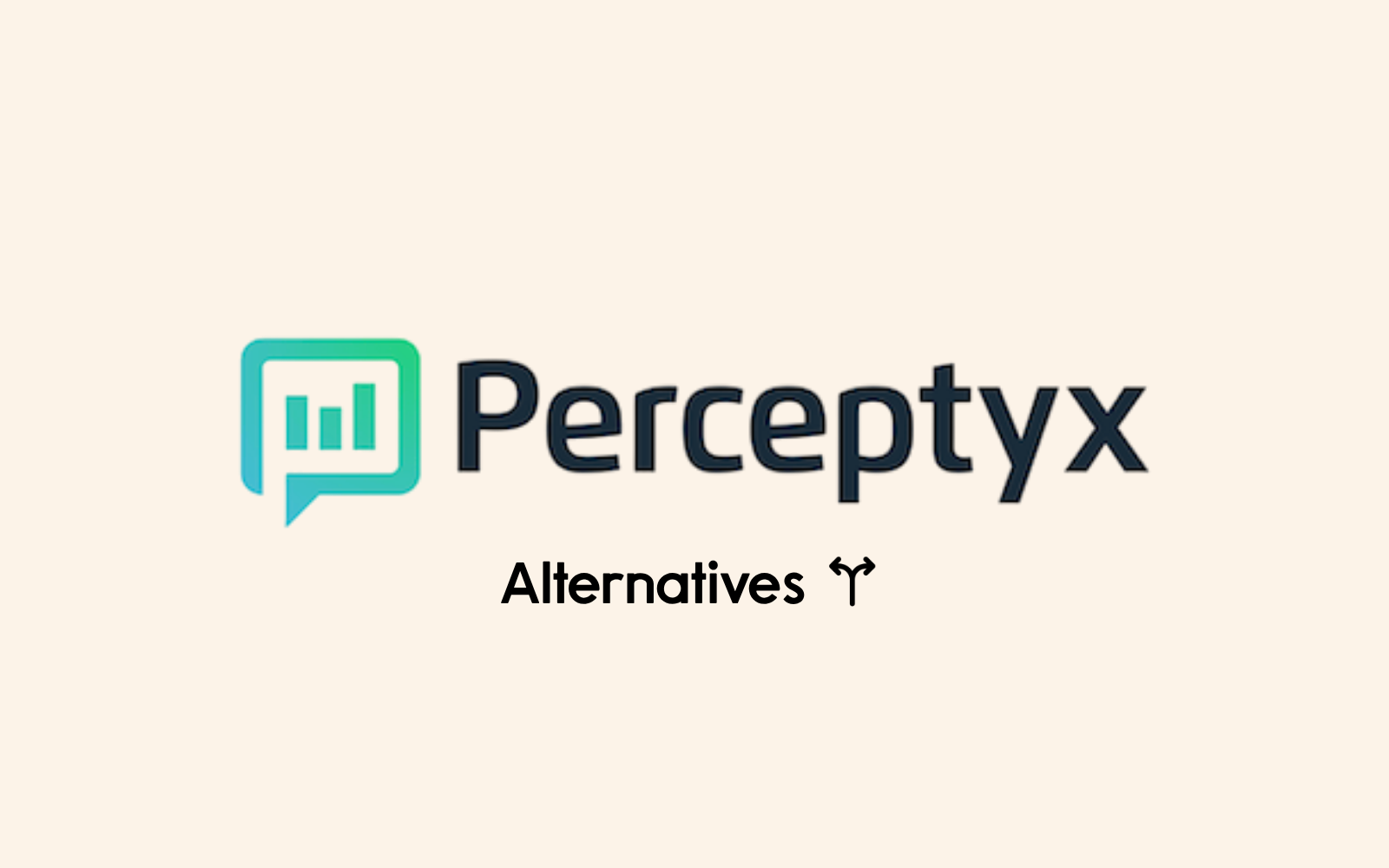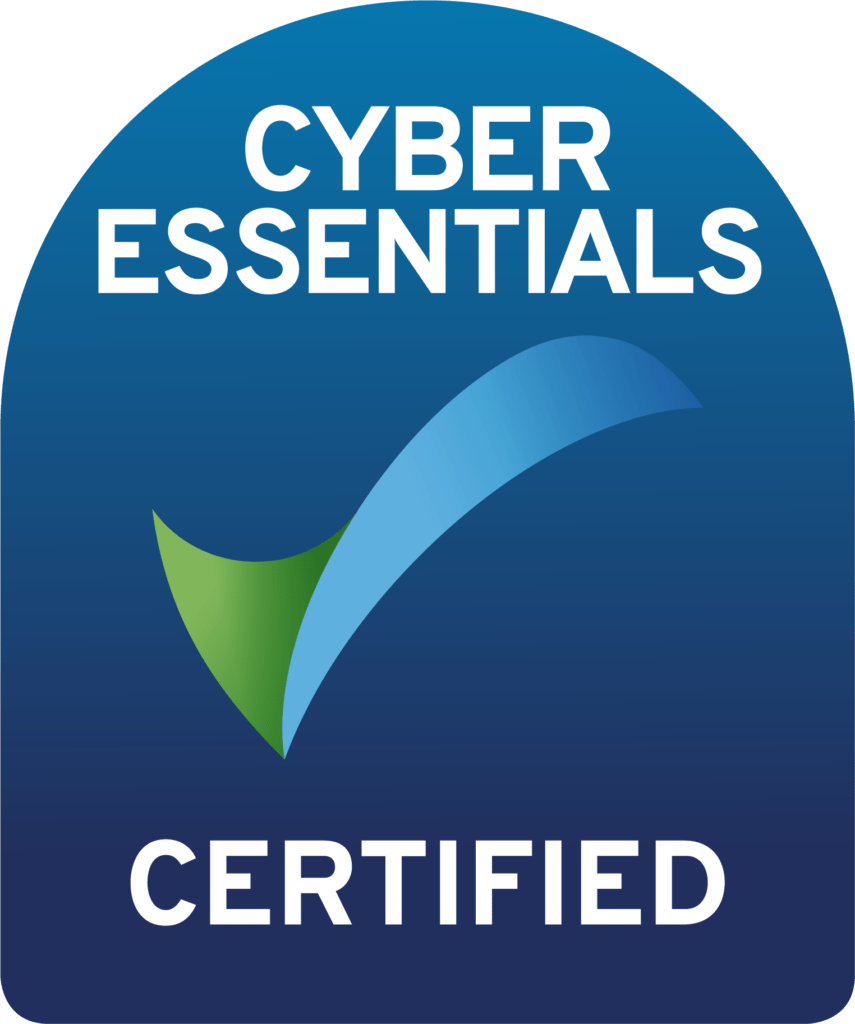If you don’t have any idea how engaged your employees are, it’s probably time to have a look into some good employee engagement strategies (around 5 ideally, if you fancy sticking around ‘til the end of this article…).
We’re here to help, and by the end of this article, you should hopefully have a good enough foundation to begin supercharging your employee engagement from. If you’ve been following our content, you’ll know that this can increase retention, profits, productivity, and more. It’s worth paying attention to.
What is employee engagement?
Employee engagement is a concept based around an employees’ emotional connection to a company. How invested they are in the business and how committed they are to furthering the business goals. For a more in-depth look into what employee engagement actually is, and some of the benefits it can bring, check out our article here.
How to improve employee engagement
There’s potentially limitless ways to improve your employee engagement. It’s at the whim of your creativity, and each company will be able to implement different strategies in different ways. But here are a few tried and tested employee engagement strategies that you can easily implement to give you a headstart.

1. Employee engagement surveys
I can almost see you rolling your eyes while reading that header. But this isn’t a plug for our services, honest! (Although we could definitely make this one a bit easier for you…)
The first of our employee engagement strategies comes in at number one because you need to find out what your engagement baseline actually is before you can think about what you need to improve.
There’s a few question types you can utilise here:
- Rating statements on a scale (For example: On a scale of 1 to 5, from Disagree to Agree, how would you rate “I can see a future for myself here”)
- Multiple-choice (For example: Which area do you think needs the most improvement? 1. Communication, 2. Training, 3. Goals…etc)
- Open-ended questions (For Example: What’s the biggest challenge you face on a typical day?)
Every question you use should be targeted at the day to day experiences of your employees. Put yourself in your staff’s shoes, and think about what affects them directly. Communication, goals, general wellbeing, company weaknesses are all good examples of what you can look into. Gartner has a few good examples here.
Once you’ve collected enough data, you’ve got all you need to get started with some basic analysis (again, we can make this easy!). After that, you should have a good idea of what areas need improvement.

2. Act on employee feedback
The perfect follow on from number 1!
Your staff are probably with you for a good chunk of your day, and a bigger chunk of your week. So if anyone is going to have some first class insight into what your business could do better, it’s them.
Now not all suggestions are going to be valuable to you. It might not be overly practical to implement a 4 day weekend for instance… but that doesn’t mean you should neglect what your staff are saying.
Shutting down suggestions without explanation is a sure-fire way to make sure that those suggestions stop coming altogether. And when they stop coming, you stop knowing what your staff aren’t happy with.
It’s key to make sure that you have open communication channels within your organization. Make sure staff know that feedback is welcomed, and act upon it genuinely when it arrives.

3. Provide incentives and perks
The last thing you want is for your employees to dread coming to work. If that happens, you’re probably looking at the bare minimum in terms of work output.
One way to make the workplace more enjoyable is by offering perks and incentives. These can provide a quick boost to engagement, in as short a timeframe as it takes to get them in place.
Of course, this certainly isn’t the be all and end all when it comes to an engaged workforce. But perks like gym memberships, wellness checks, coffee (not the cheap stuff!), fruit and more, will make their workdays more comfortable. And these little gestures show that you want to look after your staff, and you’re invested in their success.

4. Make sure remote employees feel like part of the team
Working from home can be brilliant. You can have a lie in if you fancy it, and still have time to squeeze in breakfast and a morning workout (or an episode of Netflix’s most bingeable content if exercise isn’t your jam). But it does have some cons, and it’s particularly easy to feel disconnected from the rest of the team.
One way to combat this is to invest in good video-conferencing or collaboration software, Slack, Trello, Teams, the list goes on. This technology has exploded in its quality and availability, especially during the rise of COVID-19, so there’s no reason to not be using it to keep in touch with your further afield colleagues.
Also, going back to point 3, make sure these members of your team have access to everything that your in office staff do. A sure fire way to make your employees feel unappreciated, is to be giving perks to some, but not to others.

5. Make sure goals are clear and achievable
There are few things more frustrating than being set an impossible target. You work your socks off for a month, quarter or whatever timeframe it may be, only to be told you’re still not good enough at the end of it. Eventually, there’s only one outcome to goals set to this level, less effort from your staff. And any employee in this situation can’t be blamed for that.
So keep your targets in line with your staff’s ability. You want to push them to the next level, but not to the point where they feel that they’re trying to climb Everest. Make sure your managers have enough one on one time to assess strengths and weaknesses, and plan accordingly. Your staff will thank you.
—-
That’s about it for this article. You now have 5 employee engagement strategies that you can get started with today, if you really want to.
It can be tough to find your starting point though. Especially if engagement isn’t an area you’ve prioritised before. If you need an extra helping hand finding that point, give us a shout.
Tel: 01243 958710







